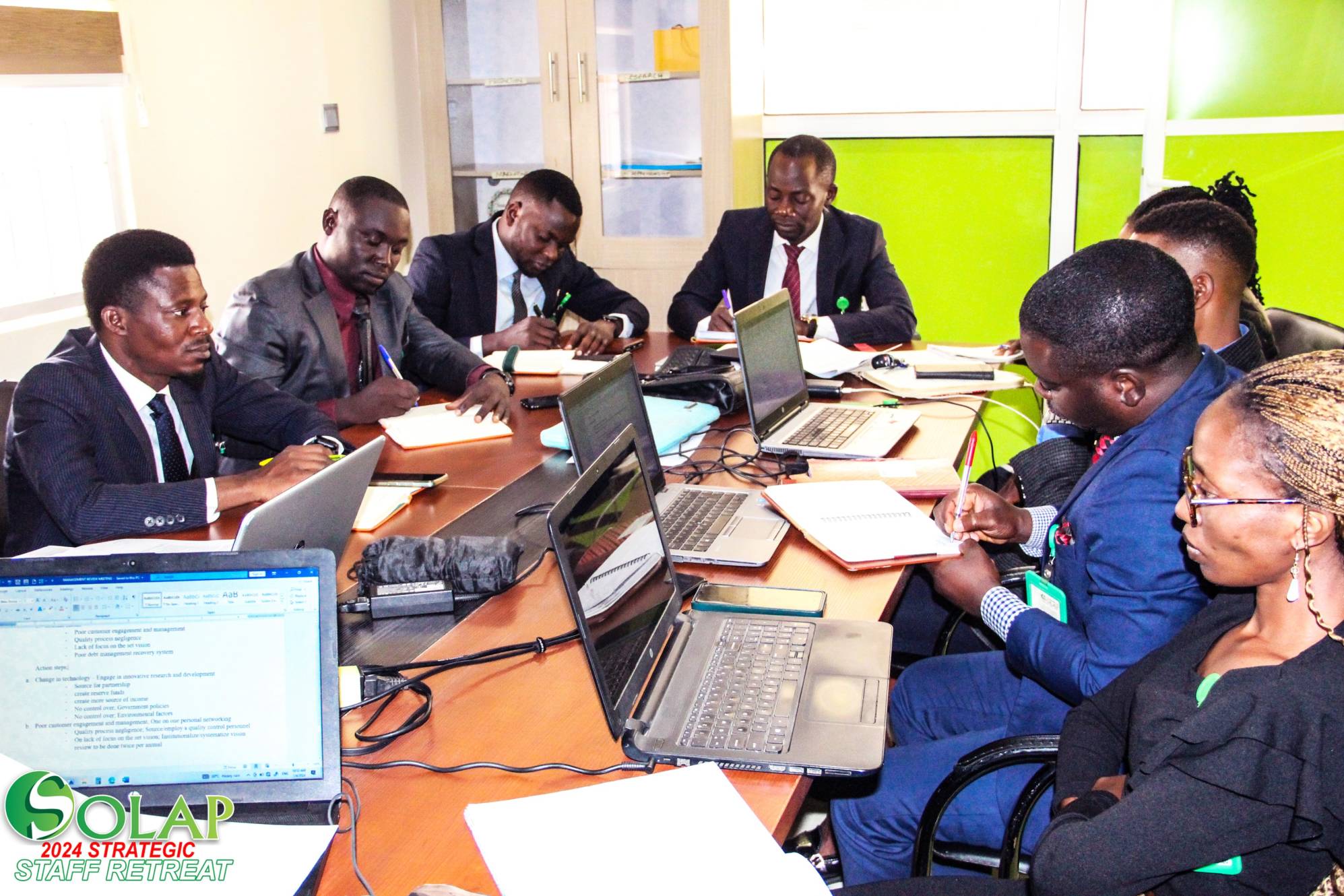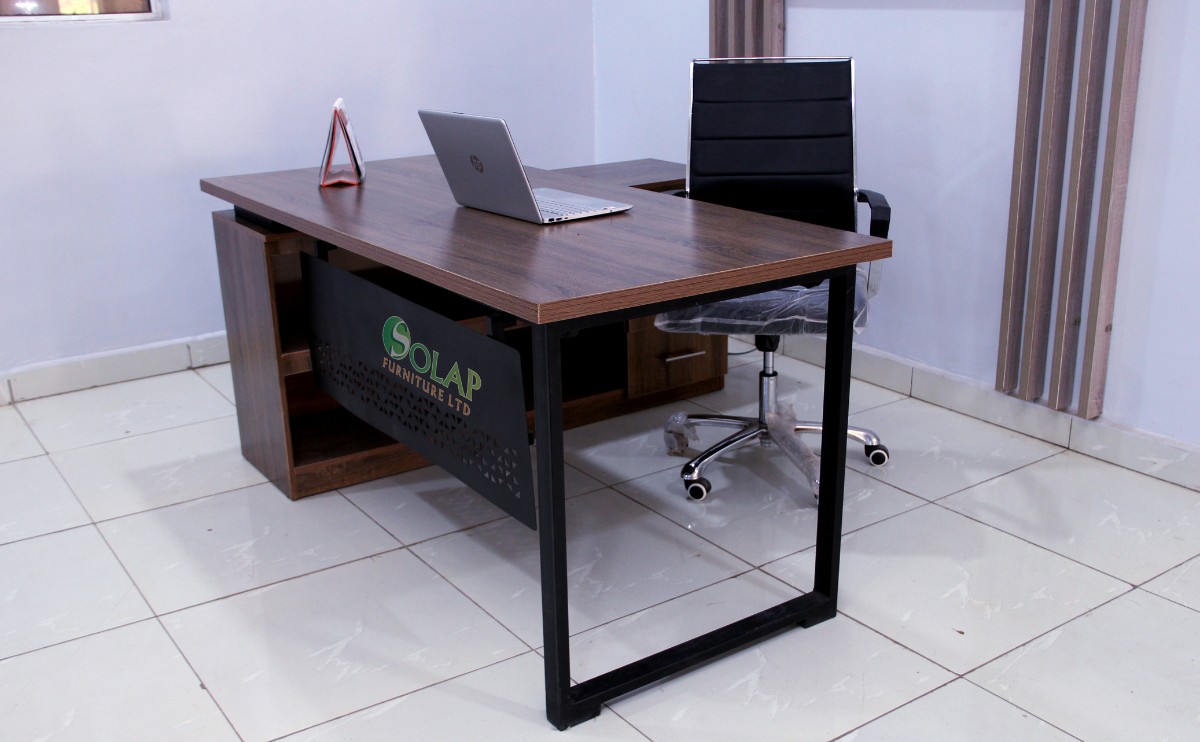Imagine walking into an office where every corner exudes warmth and collaboration. You feel energized by the buzz of teamwork, and every employee, regardless of background, feels valued and included. This is the vision that many companies aspire to achieve in their workplace design. However, achieving such an environment requires more than just trendy furniture and open floor plans; it requires thoughtful planning and intentional design.
In today’s dynamic work landscape, fostering collaboration and inclusivity isn’t just a nice-to-have — it’s essential for driving innovation, productivity, and employee satisfaction. As a corporate furniture brand committed to creating spaces that inspire connection and creativity, Solap understands the importance of designing offices that empower every individual to thrive.
According to a study by Harvard Business Review, employees who feel included in the workplace are more likely to contribute to their fullest potential, leading to a 56% increase in job performance. This highlights the critical role of inclusivity in driving business success.
Furthermore, research from Gallup reveals that teams with high levels of collaboration show a 21% increase in profitability. This underscores the significance of fostering a collaborative culture within organizations.
So, how can companies design offices that cultivate collaboration and inclusivity?
- Flexible Layouts: Embrace flexible layouts that cater to diverse work styles. Incorporate areas for focused work, brainstorming sessions, and casual interactions. Adjustable furniture, such as modular desks and movable partitions, can facilitate seamless transitions between different activities.
- Diverse Spaces: Create a variety of spaces to accommodate different preferences and needs. From quiet nooks for introverts to vibrant communal areas for team gatherings, offering a range of environments empowers employees to choose where they work best.
- Accessibility: Prioritize accessibility in office design to ensure that everyone, regardless of physical ability, feels welcome and supported. This includes wheelchair-friendly pathways, adjustable desks for varying heights, and inclusive restroom facilities.
- Technology Integration: Integrate technology seamlessly into the office environment to enhance collaboration across physical and virtual spaces. Tools like video conferencing systems and digital whiteboards enable remote collaboration and bridge geographical barriers.
- Cultivate a Culture of Inclusion: Beyond physical design, foster a culture of inclusivity through leadership initiatives, diversity training programs, and open communication channels. When employees feel respected and valued for their unique perspectives, they’re more likely to collaborate effectively.
In an era where the boundaries between work and life are increasingly blurred, how can we design offices that not only support collaboration and inclusivity but also promote employee well-being and satisfaction?
At Solap, we believe that the answer lies in understanding the evolving needs of modern workplaces and continuously innovating to create spaces where people can thrive. Join us in re-imagining the future of work by prioritizing collaboration, inclusivity, and well-being in office design.
Together, let’s create spaces where every individual feels empowered to contribute their best ideas and achieve collective success. Let’s design a future where harmony reigns supreme, both in the workplace and beyond.


